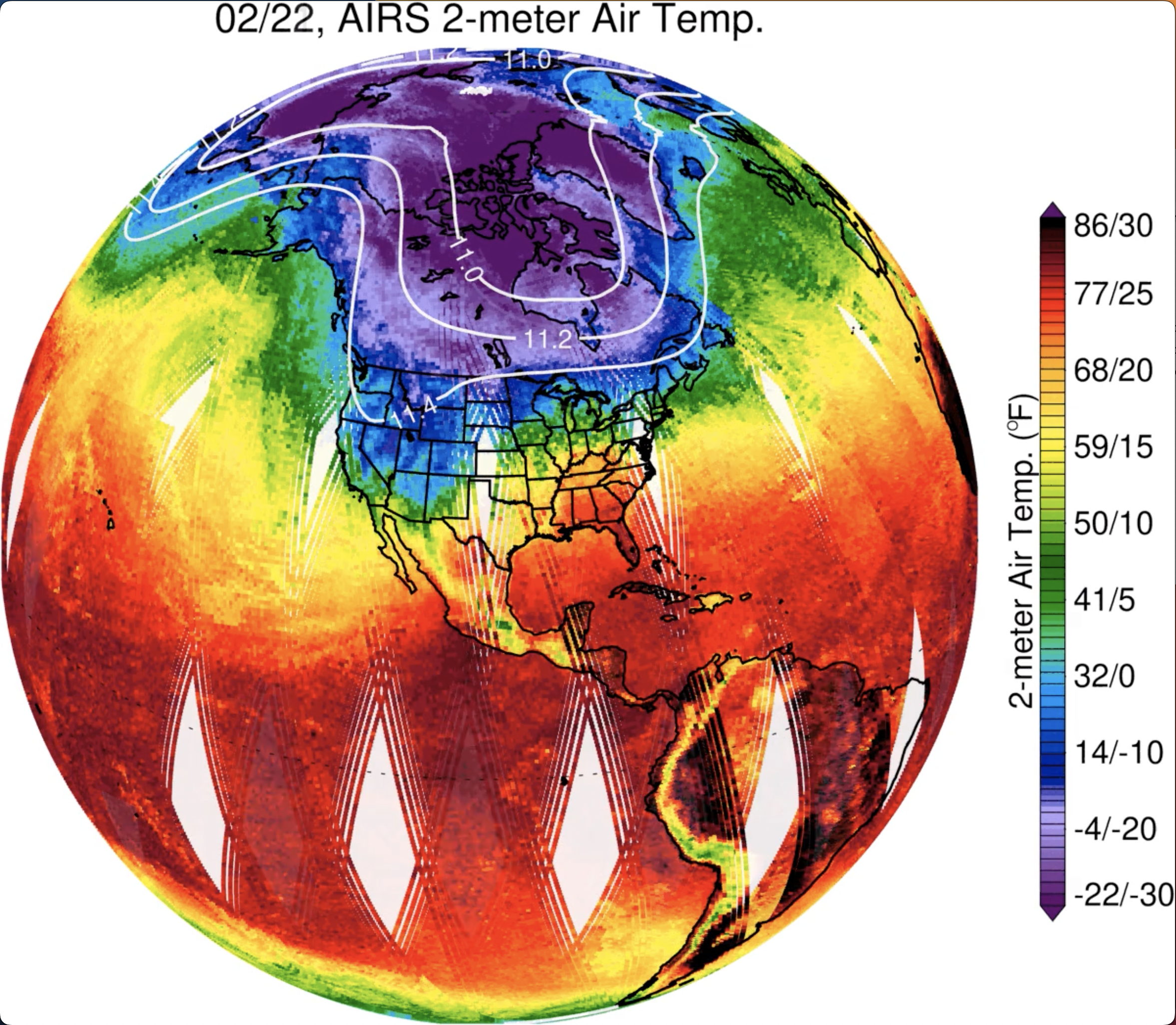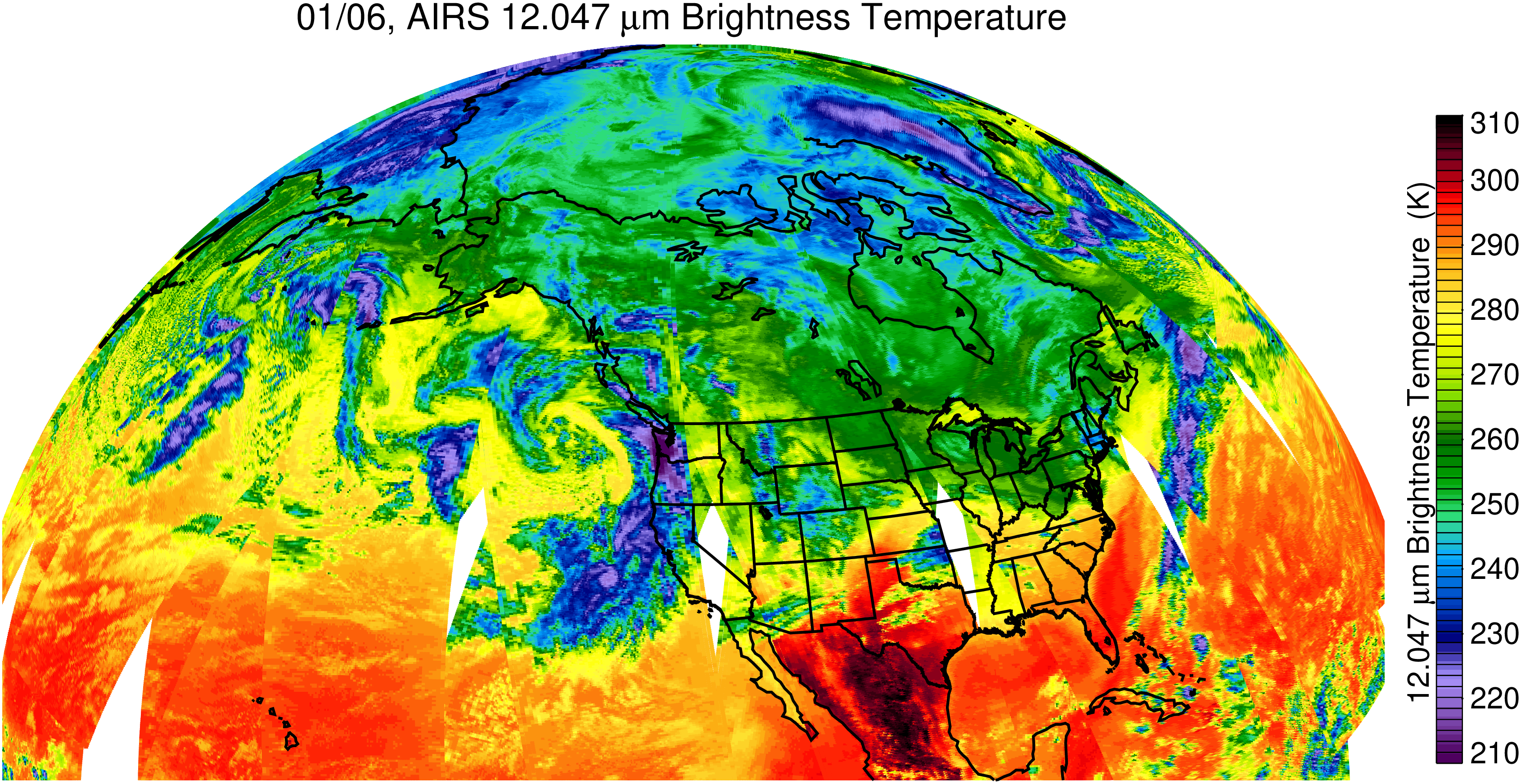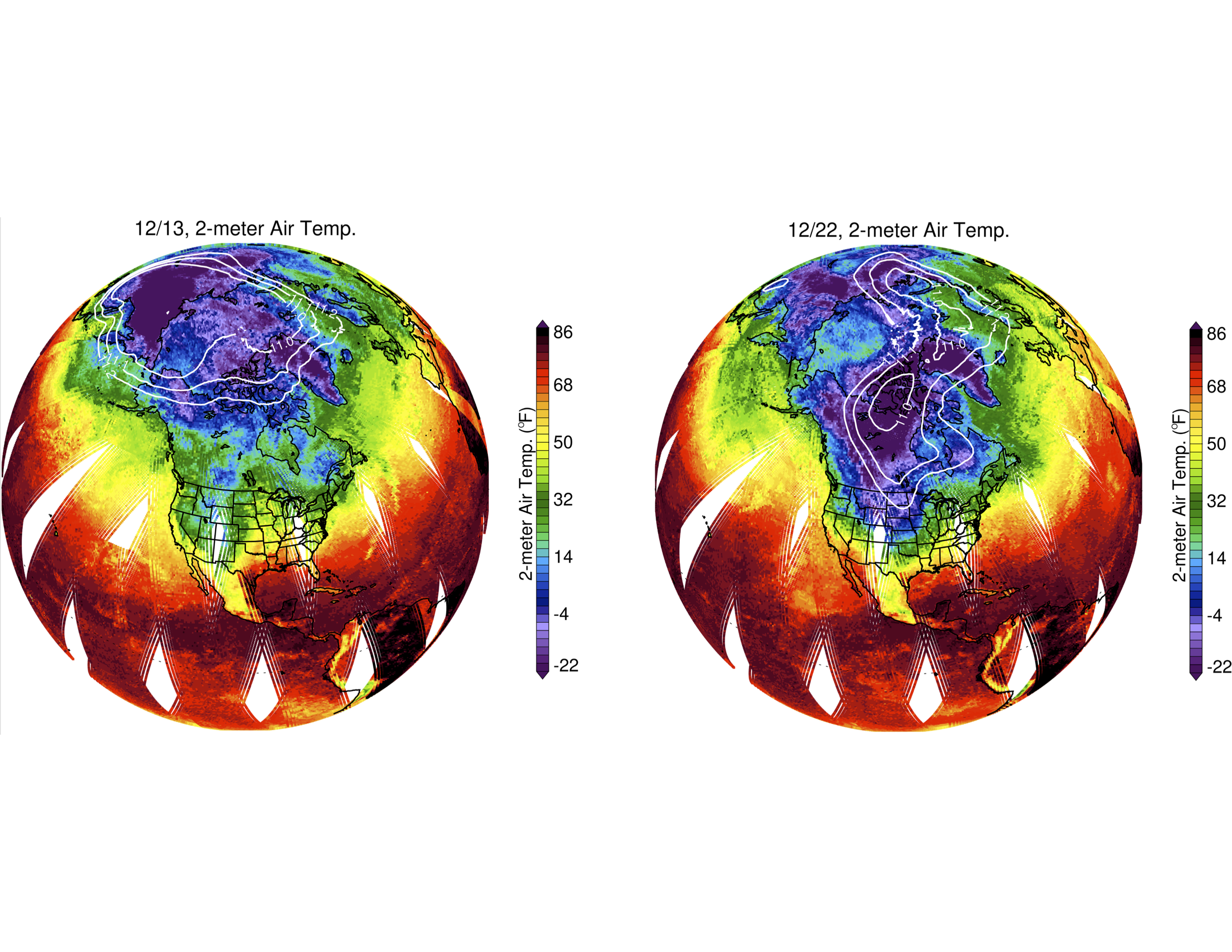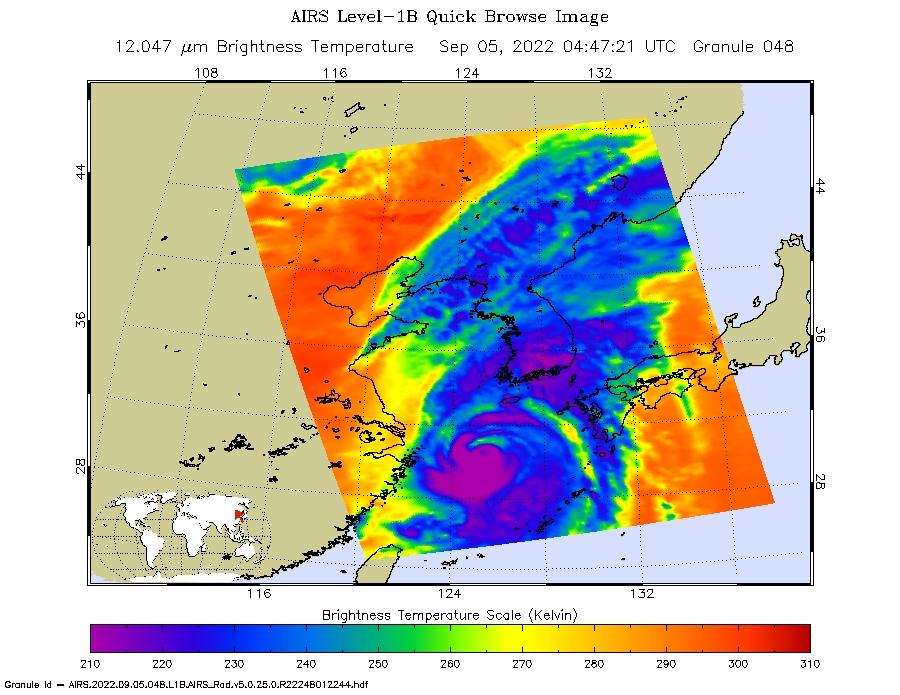News | February 17, 2012
Your paper, three questions: Characteristics of water-vapour inversions observed over the Arctic by AIRS and radiosondes

Abhay Devasthale. Credit: Abhay Devasthale
What is your paper about?
The Arctic is undergoing rapid climate change, and yet our knowledge about the role of various processes and feedbacks occurring over the Arctic is limited. In particular, the lack of accurate information on the vertical atmospheric structure has been a major stumbling block in achieving desired skill in climate forecasts and reducing uncertainties. Our study deals with one of the most commonly observed but least studied vertical features of water vapor inversions over the Arctic. The characteristics of these inversions were until now, studied at only a few locations. No satellite sensor previous to AIRS was capable of providing the vertical resolution and accuracy needed to investigate water vapor inversions. For the first time, AIRS data enables us to investigate different aspects of water vapor inversion climatology covering the entire Arctic.
What did your research reveal?
Our research revealed vital statistics on how spatially and seasonally varied water vapor inversion characteristics (frequency, strength and height) can be over the Arctic. Quite surprisingly, although the frequency of occurrence of water-vapor inversions is found to be higher in winter, their strength is, on the other hand, higher in summer. During the winter half of the year the peaks of these inversions are located vertically higher compared to the summer half of the year, following a tendency similar to that of temperature inversions. There are two major pathways of moisture transport towards the Arctic, one from over the North Atlantic ocean and the other from the North Pacific ocean. The seasonality of moisture transport from these pathways mainly governs the observed spatio-temporal distribution of water-vapor inversions. An independent analysis of radiosonde data revealed similar features as those seen from AIRS, further demonstrating the usefulness of AIRS data over this climatologically sensitive region.
What part of your research do you consider to be the most significant?
The ubiquitous nature of temperature and water vapor inversions entails that climate models simulate their climatological features as realistically as possible, so as to reduce uncertainties in their forcing estimates over the Arctic. In general, global climate models overestimate the negative feedback over the Arctic, which is manifestation of the biased simulation of the vertical structure of the Arctic atmosphere. An independent statistics solely based on observations is an important tool to evaluate the strength and weaknesses in these models. In this context, we present a few physical metrics which could be used to evaluate climate models with observations; one in the form of two-dimensional histograms of water-vapor versus temperature inversion strengths, and the other in terms of the estimates of the contribution of water vapor inversions to the total column thermodynamics.
Abstract of "Characteristics of water-vapour inversions observed over the Arctic by Atmospheric Infrared Sounder (AIRS) and radiosondes"
An accurate characterization of the vertical structure of the Arctic atmosphere is useful in climate change and attribution studies as well as for the climate modelling community to improve projections of future climate over this highly sensitive region. Here, we investigate one of the dominant features of the vertical structure of the Arctic atmosphere, i.e. water-vapour inversions, using eight years of Atmospheric Infrared Sounder data (2002-2010) and radiosounding profiles released from the two Arctic locations (North Slope of Alaska at Barrow and during SHEBA). We quantify the characteristics of clear-sky water vapour inversions in terms of their frequency of occurrence, strength and height covering the entire Arctic for the first time.
We found that the frequency of occurrence of water-vapour inversions is highest during winter and lowest during summer. The inversion strength is, however, higher during summer. The observed peaks in the median inversion-layer heights are higher during the winter half of the year, at around 850 hPa over most of the Arctic Ocean, Siberia and the Canadian Archipelago, while being around 925 hPa during most of the summer half of the year over the Arctic Ocean. The radiosounding profiles agree with the frequency, location and strength of water-vapour inversions in the Pacific sector of the Arctic. In addition, the radiosoundings indicate that multiple inversions are the norm with relatively few cases without inversions. The amount of precipitable water within the water-vapour inversion structures is estimated and we find a distinct, two-mode contribution to the total column precipitable water. These results suggest that water-vapour inversions are a significant source to the column thermodynamics, especially during the colder winter and spring seasons. We argue that these inversions are a robust metric to test the reproducibility of thermodynamics within climate models. An accurate statistical representation of water-vapour inversions in models would mean that the large-scale coupling of moisture transport, precipitation, temperature and water-vapour vertical structure and radiation are essentially captured well in such models.






